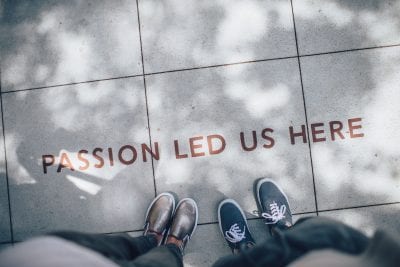For most nonprofit organizations, web accessibility is becoming an essential facet in developing their sites. This undertaking allows persons with a disability to use the organization’s services online. As well as, the chance to use the internet in the same way as any other regular user.
As clearly stated by the World Wide Web Consortium leaders, “The power of the web is in its universality.” In continuing with the same script, the creation of the web is with the intent of inclusivity. It is there to allow everyone equal and unrestricted access.
For this reason, no organization can afford to overlook the necessity of web accessibility for why it’s needed.
The Wave of Transformation
A lot has changed in the period following the invention of the web, with the internet becoming a part of practically everyone’s life. Today, a substantial portion of communication happens online (calls, shared pictures/experiences, information, research, news updates, among others). In keeping with the trend, welfare organizations are also developing websites for their daily functions.
Likewise, long gone are the old fashioned days of designing websites that seclude people. Not only is it discriminatory, but it also results in going against regulation. A person with a disability should enjoy the same internet conveniences as everybody. Else, your website will be inaccessible.
Importance of Web Accessibility
To illustrate the impact of accessibility for persons with disabilities, consider this. A substantial number of existing organizations have already placed part of their functionality online. What does this mean to the concerned populace?
First, there may not be a front office nearby for people to visit. Second, should the organization’s service be inaccessible, a significant portion of people will be unreachable. Ultimately, you’ll be missing your charitable objective, while also failing to take advantage of the opportunity to expand.
Regulation in Place
There are services, specific laws, stipulations, and standards in operation as a measure of protection for persons living with a disability to ensure equal access. These requirements aim to establish nonprofit websites accessible. Indeed, almost every state in the U.S. has its own set of laws regarding ease of access to sites.
In addition to state efforts, worldwide organizations have come up with separate laws and monitoring measures. What’s more, the usability of websites balances on an international protectiveness scale. As you can see, you have every reason to make sure your website is up to date with these stringent rules, especially so if you serve the needs of a diverse population.
What Do You Need to Do
Right at the onset of building a website, you should plan to consult a reputable web design firm. The developer will not only assist you in coming up with a user-friendly site but will also provide insights into what is needed to comply with state and regulatory laws.
In case you have an inaccessible website, rarely will this call for a complete overhaul of the design. Steps can be taken to salvage the situation and may include; appending alt text to images in addition to graphical links, color contrasting to separate links and text, supplemental navigation links, and the creation of clickable links to engage double clicks.
Furthermore, a web developer can take you through the process, helping you understand what it takes to have an accessible site. Ultimately, this will prove to be worthwhile as your clients will greatly appreciate your initiative.
Regardless of your industry or focus, your website should be accessible. Secondly, since nonprofit organizations focus on goodwill, an all-embracing site is, therefore, a testament to that particular mission. Contact MAB Accessibility today!
